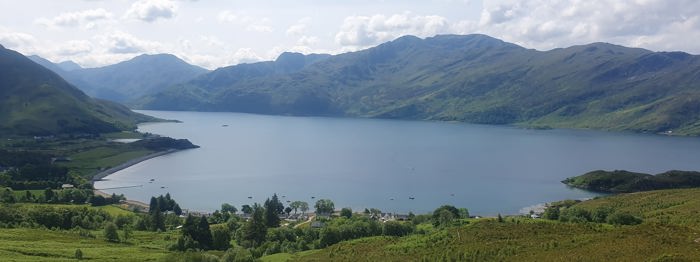Uranium
Description and Background
Uranium is a radioactive silver coloured metal. It is widespread in small quantities in nature, usually being associated with granite geology. The most common ore is uranite, formerly known as pitchblende, which is an oxide of uranium. It is often found with tin, copper and arsenic minerals. Canada, Australia and Kazakhstan are the largest producers of uranium1.
Uranium’s main use is as fuel in nuclear reactors. A number of studies have found uranium in drinking water, mainly from private water supplies, at concentrations greater than 20µg/l, with concentrations up to 700 µg/l being detected at one source in Canada2.
Many ores of uranium are largely insoluble in drinking water, although carbonate based minerals are soluble and these are likely to provide the most likely source of natural concentrations of uranium in drinking water.
Affected areas
Naturally Occurring
In the UK, BGS and SEPA have undertaken stream sediment studies3 to determine the extent of trace contaminants. From these, high concentrations of uranium were found in stream water associated with the granitic bodies of the Grampians, Aberdeenshire, Dumfries and Galloway, Arran, Loch Etive, Rannoch, Helmsdale Doon and Criffel in Dumfries and Galloway. Highest concentrations (>2µg/l) occur in Strathmore, Caithness,
the Black Isle, Rhynie and the Moray coast, Nairn and also the
carboniferous area of Fife, the Central Belt, West and East Lothians.
It can be inferred that private water supplies in these areas may contain elevated uranium concentrations.
Health Significance
The primary concern with elevated concentrations of uranium in drinking water is its toxicity rather than any radiological effects. Uranium is known to have an acute effect on kidney function. Wider hazards associated with uranium in drinking water relate to its decay to radon, a significantly radioactive gas which presents a risk to health via inhalation. Good ventilation in areas where uranium is known to occur in drinking water is important.
The WHO does sets a provisional guideline value for uranium of 30µg/l, although it acknowledges that there is a lack of firm evidence on which to base a numerical.


